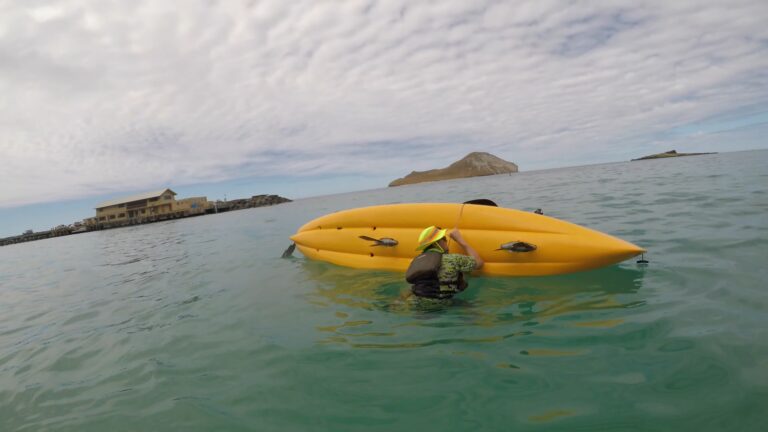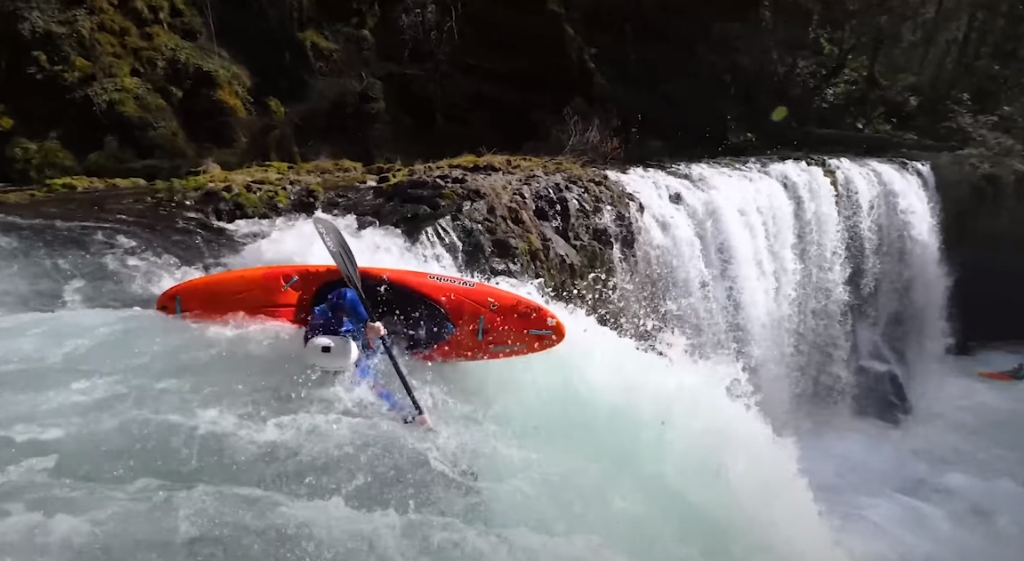Kayaking is more than just a sport, as it offers a way of exploring the natural world and discovering new sights and sensations. You can enjoy the peace and tranquility of the coast, or the excitement and challenge of the river, depending on your preference and skill level.
But no matter what kind of kayaking you choose, you need to have the proper equipment to ensure your safety and comfort.
That’s why I’ve created this guide to help you plan and pack for your next kayaking road trip. I’ll show you what you need to bring, how to organize it, and how to make the most of your adventure.
Table of Contents
ToggleKey Highlights
- Pack Smart: Use a comprehensive checklist to ensure you have all essential gear, including safety equipment and appropriate clothing for water and weather conditions.
- Stay Safe: Prioritize personal flotation devices, hydration, and sun protection, and equip yourself with emergency and repair kits for unforeseen situations.
- Respect Nature: Follow Leave No Trace principles to minimize environmental impact and ensure the preservation of waterways for future kayaking adventures.
What Should I Pack for a Calm Water Kayak Trip?
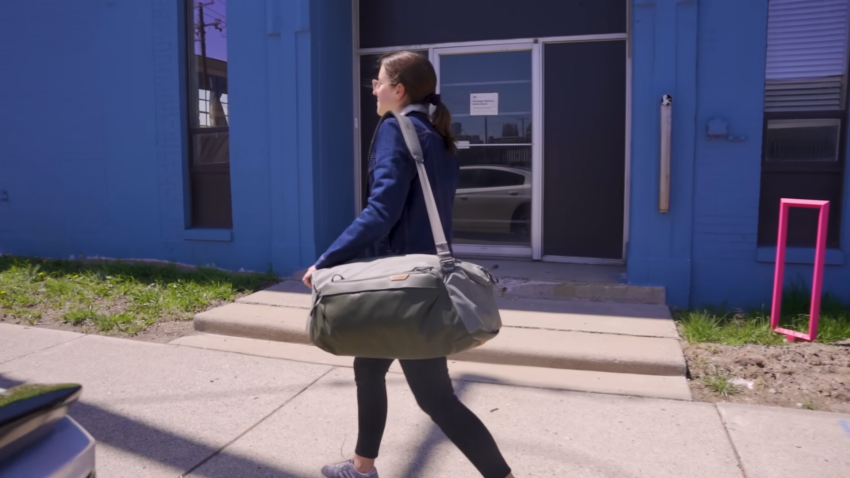
When planning a kayaking trip on peaceful, flat waters, the list of necessities is relatively short. Essential gear such as a personal flotation device, paddles, and perhaps a spare paddle, should top your list. However, for longer excursions, a more comprehensive checklist becomes indispensable to ensure nothing vital is forgotten.
For those going on a kayaking road trip, managing your luggage efficiently is crucial. With services like MyBaggage, which specializes in shipping luggage and boxes worldwide, you can streamline the process of getting your gear to your destination. This allows you to focus on the adventure ahead, knowing your essentials will be waiting for you upon arrival.
How Does Gear Differ for Whitewater Kayaking?
The thrills of whitewater kayaking demand specific equipment to tackle the dynamic and often unpredictable nature of rapid waters. Beyond the basics, gear such as helmets, spray skirts, and specialized paddles are crucial for navigating these challenging environments safely.
The Essentials
No matter the type of kayaking adventure, integrating the Ten Essentials—originally conceived for hiking—into your kayaking checklist is a smart move.
These include navigation tools, sun protection, insulation, illumination, first-aid supplies, fire-starting gear, repair kit items, nutrition, hydration, and emergency shelter.
Dressing for the Water
A golden rule in kayaking is to dress for the water temperature, not just the air temperature.
Wetsuits may be necessary for colder waters, while quick-dry apparel could suffice for warmer conditions. Remember, the right clothing can be a lifeline in unexpected situations.
Essential Gear and Clothing Checklist
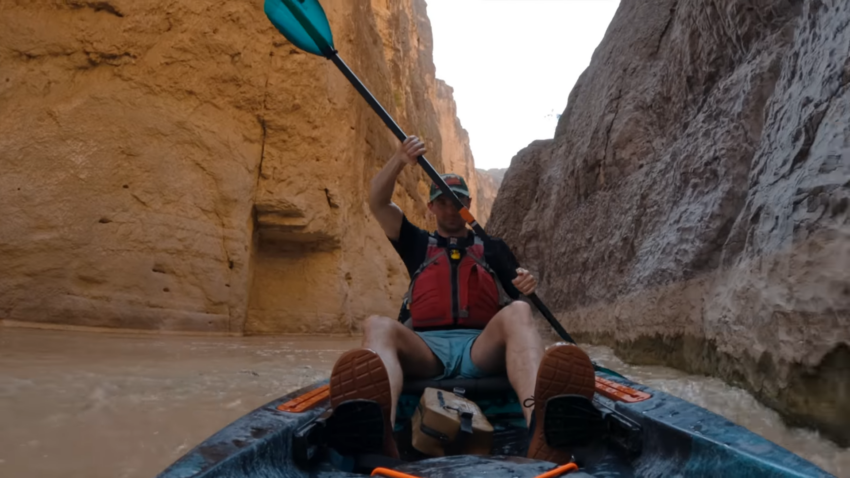
Let’s break down the key items you’ll need for your kayaking road trip, ensuring you’re well-prepared for whatever comes your way.
Gear Recommendations
- Personal Flotation Device (PFD): Your number one safety item.
- Paddles: Plus a spare, because it’s better to be safe than sorry.
- Spray Skirt: For whitewater or choppy conditions to keep you dry.
- Helmet: A must for whitewater kayaking.
Clothing Suggestions
- Quick-Dry Apparel: Nylon or polyester garments are ideal.
- Rain Gear and Fleece Jacket: Be prepared for any weather.
- Wetsuits: For cold water conditions.
- Footwear: Wet shoes with rubber soles to prevent slipping.
Personal Items
- Sunscreen and Sunglasses: UV protection is key.
- First-Aid Kit: Always be prepared for minor injuries.
- Water and Snacks: Hydration and energy are crucial.
- Communication Devices: To stay connected or call for help.
Repair Kit Supplies
- Multi-Tool, Sealant, Duct Tape: For quick fixes on the go.
- Replacement Parts: Just in case something breaks.
Additional Recommendations for Extended Trips
- Maps and GPS Tracker: Know where you are and where you’re going.
- Shelter: A tent or tarp can provide emergency shelter.
- Cooking Utensils: Compact and multipurpose for meal prep.
Organizing Your Gear
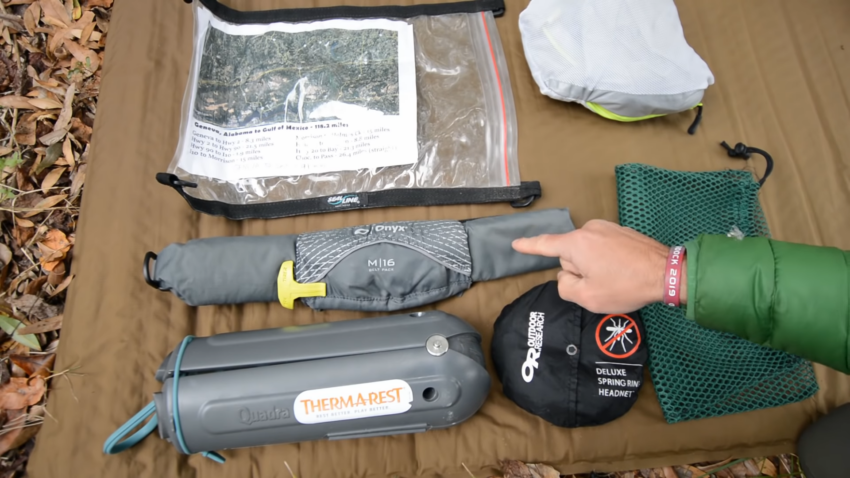
To keep your belongings organized and accessible, consider using color-coded dry bags for different categories like food, clothing, and first-aid supplies. This not only helps you find items quickly but also protects them from water.
Optional Gear
Depending on your trip’s length and nature, you might also want to bring along paddling attire, snorkeling gear, fishing equipment, or electronic devices for capturing those unforgettable moments.
Safety First
Above all, personal safety should be your top priority. A waterproof wallet with essential information and a cell phone in a waterproof case can be lifesavers in emergencies.
Items like paddle floats for self-rescue, leashes to keep gear from floating away, and whistles for signaling help are also vital.
Tips for Packing
- Use a Checklist: Avoid leaving behind essential items.
- Pack Light: Only take what you truly need to minimize weight.
- Organize with Color-Coded Bags: This simplifies finding items quickly
The Role of Layering in Kayaking Apparel
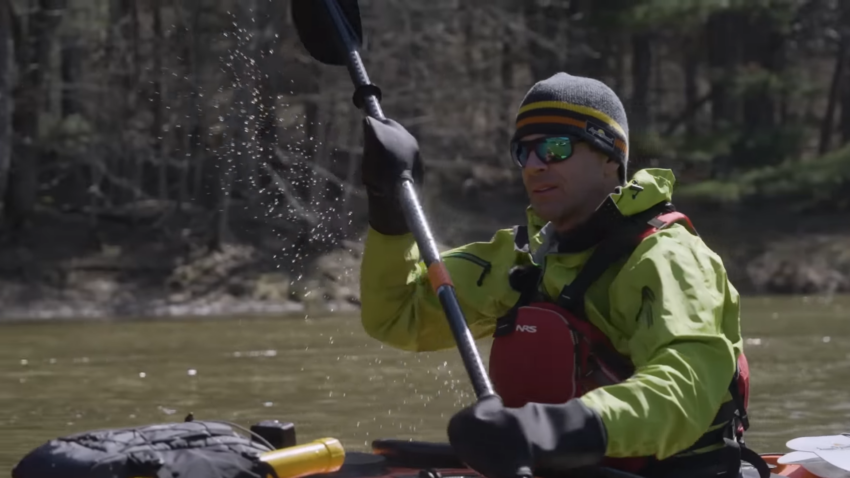
Layering is a fundamental concept in outdoor activities, and kayaking is no exception. The ability to add or remove layers based on weather conditions and your activity level helps regulate body temperature and comfort.
A base layer wicks away sweat, an insulating layer retains heat, and a waterproof outer layer protects against wind and water. Embracing layering is embracing adaptability, a crucial trait for any outdoor enthusiast.
The Significance of Hydration and Nutrition
While the thrill of navigating the waters may take center stage, maintaining hydration and nutrition is essential for sustaining energy and focus.
Waterways can be deceptive; you might not realize how much you’re exerting yourself until fatigue sets in.
Carrying at least a gallon of water per person per day and high-energy snacks or meals ensures you stay hydrated and energized, allowing you to fully enjoy your adventure.
FAQs
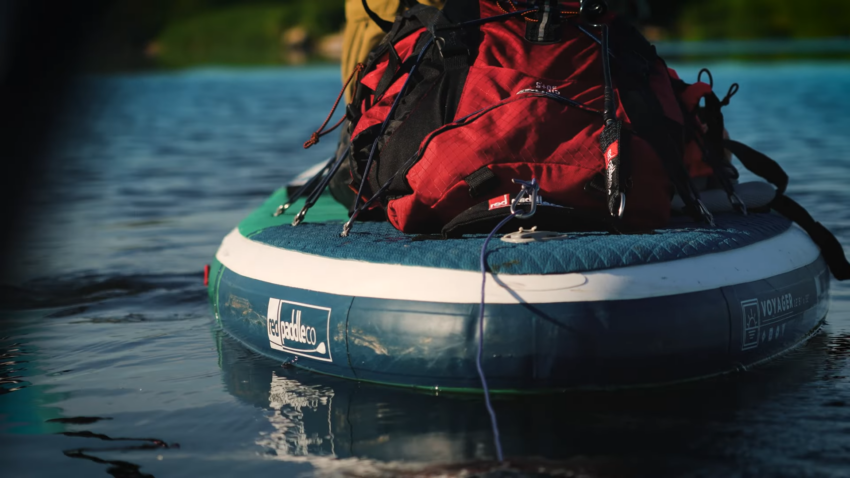
Can I Use a Regular Backpack Instead of A Dry Bag for My Belongings?
No, regular backpacks aren’t waterproof and won’t protect your belongings from getting wet. Dry bags are specially designed to keep water out, essential for kayaking.
Is It Necessary to Wear a Helmet on Calm Water?
While not mandatory on calm water, wearing a helmet is recommended if you’re navigating near rocks or in areas where sudden wind gusts could cause unexpected conditions.
Can I Bring My Pet on A Kayaking Trip?
Yes, pets can join kayaking trips, but ensure they are comfortable with water, have a life jacket, and the kayak can safely accommodate their weight and movement.
Do I Need a Special Type of Sunscreen for Kayaking?
It’s advisable to use waterproof sunscreen with high SPF to protect your skin from reflection off the water, which can intensify sun exposure.
How Do I Choose the Right Size of The Dry Bag?
Consider the length of your trip and the volume of gear you need to keep dry. For day trips, a 10-20 liter bag might suffice, while multi-day adventures may require larger sizes or multiple bags.
What Should I Do if I Lose My Paddle While Kayaking?
Always secure your paddle with a leash to prevent loss. If you do lose it, use your hands to paddle to the nearest safe spot and seek assistance from fellow kayakers or use a whistle to signal for help.
Final Words
Packing for a kayaking road trip doesn’t have to be a daunting task. With a well-thought-out checklist and an understanding of the essentials based on your destination and the type of kayaking you’ll be doing, you’re set for a successful and memorable adventure.
Remember, the goal is to enjoy the beauty and thrill of kayaking while being prepared for any situation. So, pack smart, paddle safely, and embrace the incredible journey that awaits on the water.
Related Posts:
- 16 Best Kayak For Beginners 2024 - Kayaking Adventure Gear
- Heavy Duty Fishing: 11 Best Rods And Reels For Big Fish 2024
- 12 Best Beach Wagons & Carts 2024 - For All-Terrain
- 20 Best Inshore Spinning Reels 2024 - Capturing All…
- 16 Best Kayak Fishing Paddles 2024 - Affordable Fishing Gear
- 10 Best Fish Finders Under $200 2024 - Top Affordable Picks





